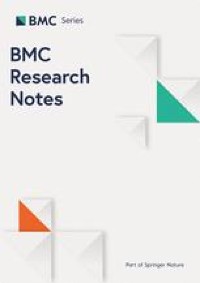
Purpose: Although osteoporosis is associated with increased risks of complications of fracture fixation in the orthopedic literature, the association between local bone quality (LBQ) and complications of facial fracture fixation is unknown. The authors aim to identify that if decreased LBQ is an independent risk factor for complications following facial fracture fixation? Methods: The authors conducted a prospective cohort study on patients over age of 50 years who underwent open reduction and rigid internal fixation for facial fractures. The primary predictor was LBQ (low or normal), decided by a combination of 3 panoramic indices. Other predictors included age, gender, body mass index (BMI), comorbidities, trauma-related characteristics, etc. The outcome variable was the presence of hardware-related, fracture-healing, wound, or neurosensory complications during 2-year follow-up. Univariate and multivariate regressions were performed to identify any significant association between predictor and outcome variables. Results: The sample was composed of 69 patients (27 females) with an average age of 58.6 ± 8.6 years and BMI of 25 ± 3.8. Low-LBQ patients were significantly older, more females, had lower BMI, mainly injured from falls, had more complications compared to their normal-LBQ counterparts. However, multivariable logistic regressions demonstrated that only age (adjusted OR: 1.12, P = 0.031, 95% CI: 1.01, 1.23) and diabetes (adjusted OR: 12.63, P = 0.029, 95% CI: 1.3, 122.53) were significantly associated with overall complications after confounding adjustment. Conclusions: The results of the present study indicate that reduced LBQ is not an independent risk factor for complications following facial fracture fixation. The increased risk of complications in low-LBQ patients is more likely to be attributed to other age-related comorbidities such as diabetes. Therefore, the authors recommend detailed workup and good control of comorbidities in elderly trauma patient. Address correspondence and reprint requests to Yan Han, MD, PhD, Chair and Professor, Department of Plastic and Reconstructive Surgery, Chinese PLA General Hospital, 28 Fuxing Road, Beijing, 100853, China; E-mail: 13720086335@163.com; Haizhong Zhang, MD, PhD, Professor, Department of Oral and Maxillofacial Surgery, Chinese PLA General Hospital, 28 Fuxing Road, Beijing, 100853, China; E-mail: zhanghaizhong301@gmail.com Received 20 September, 2020 Accepted 10 December, 2020 YC, YH, and ZN contributed equally to this work. The authors report no conflicts of interest. Supplemental digital contents are available for this article. Direct URL citations appear in the printed text and are provided in the HTML and PDF versions of this article on the journal's Web site (www.jcraniofacialsurgery.com). © 2021 by Mutaz B. Habal, MD.




